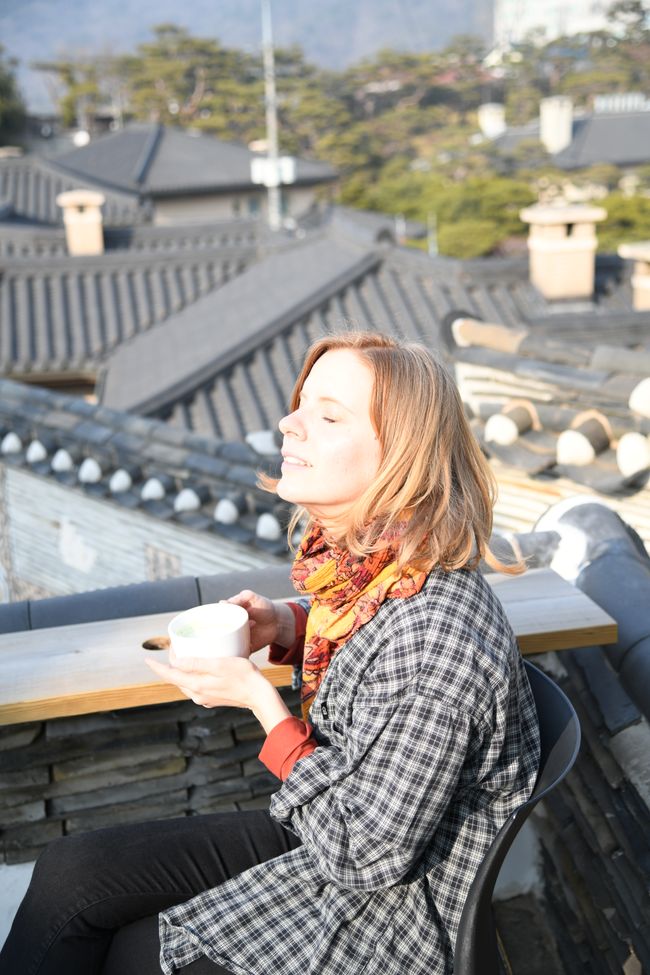Welcome to Sokcho
E phatlaladitšwe: 17.05.2024
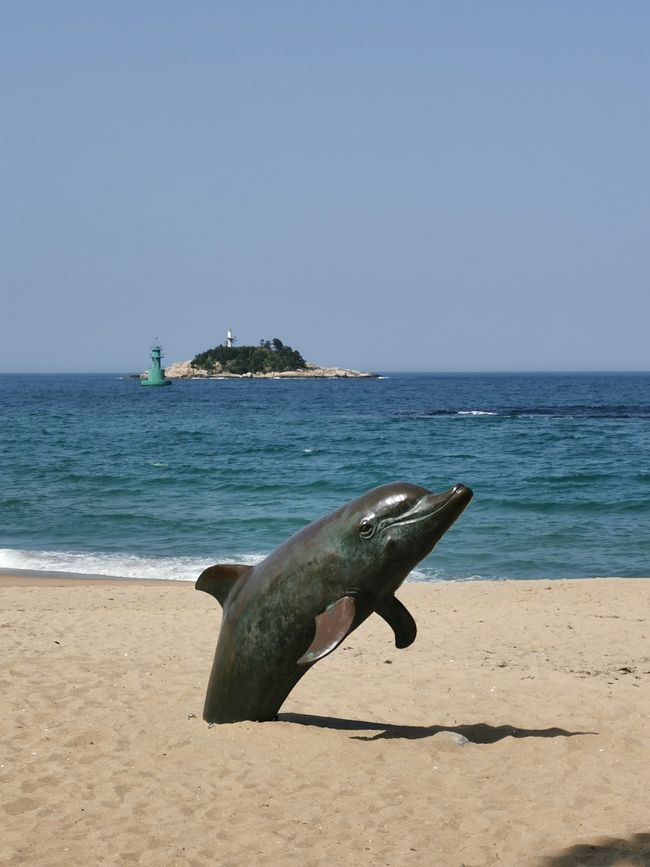
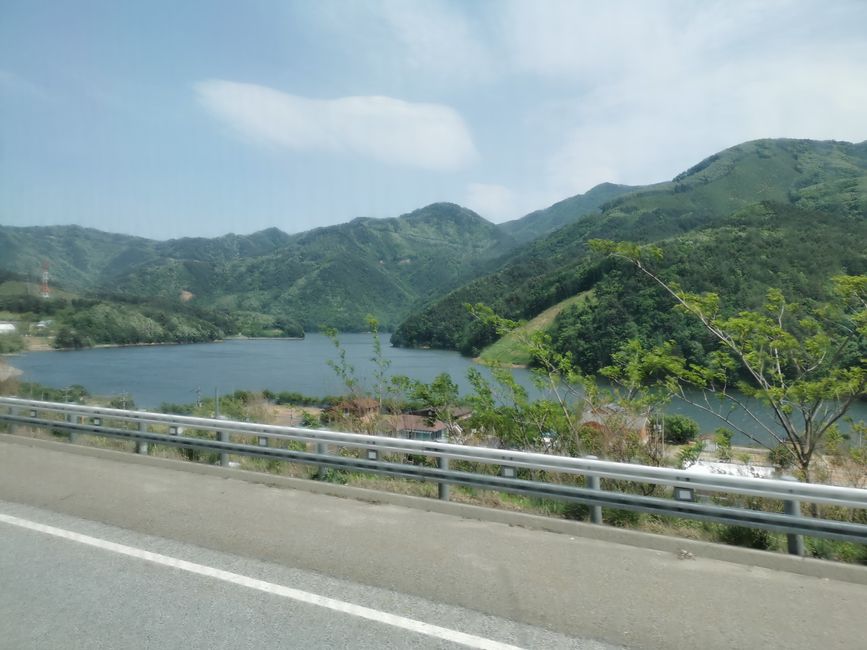
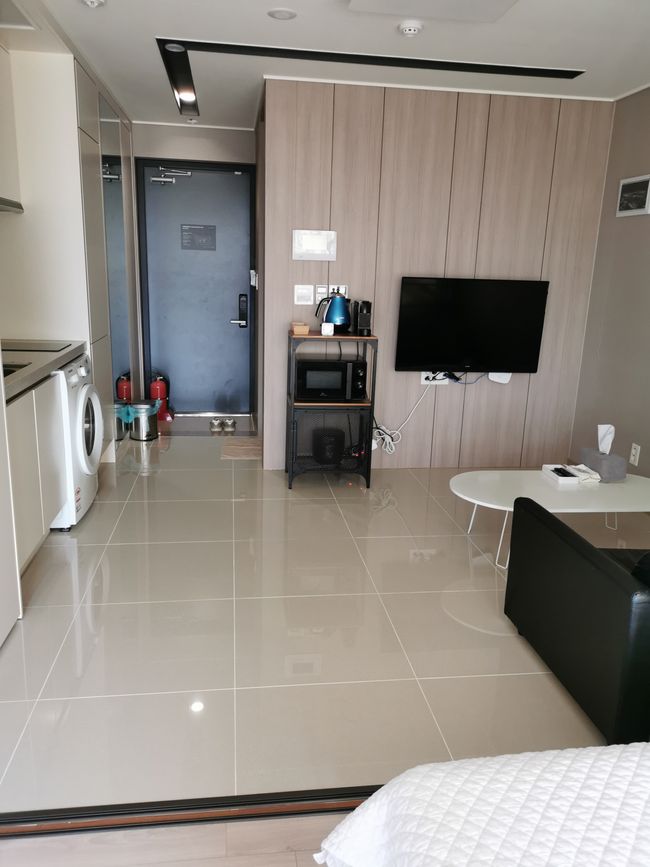
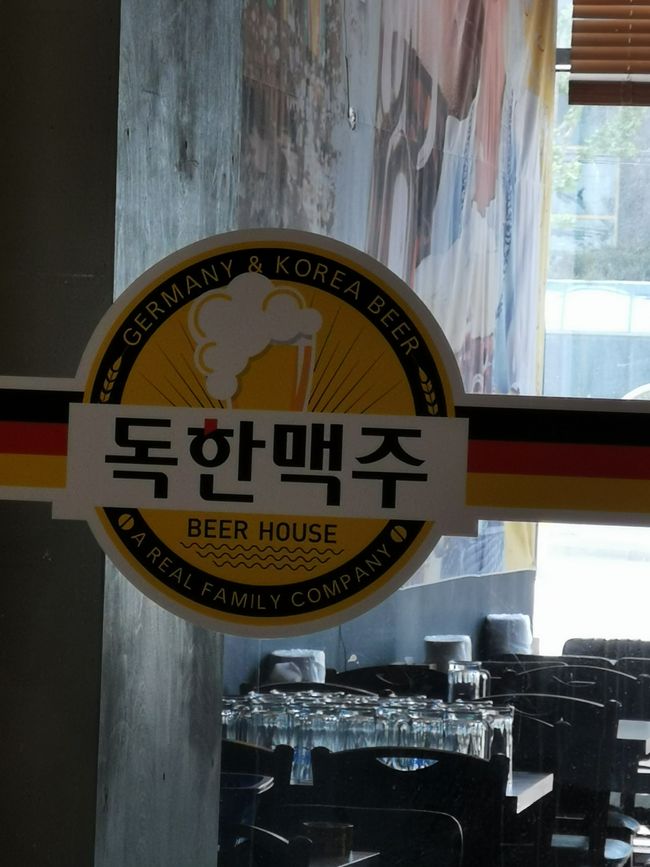
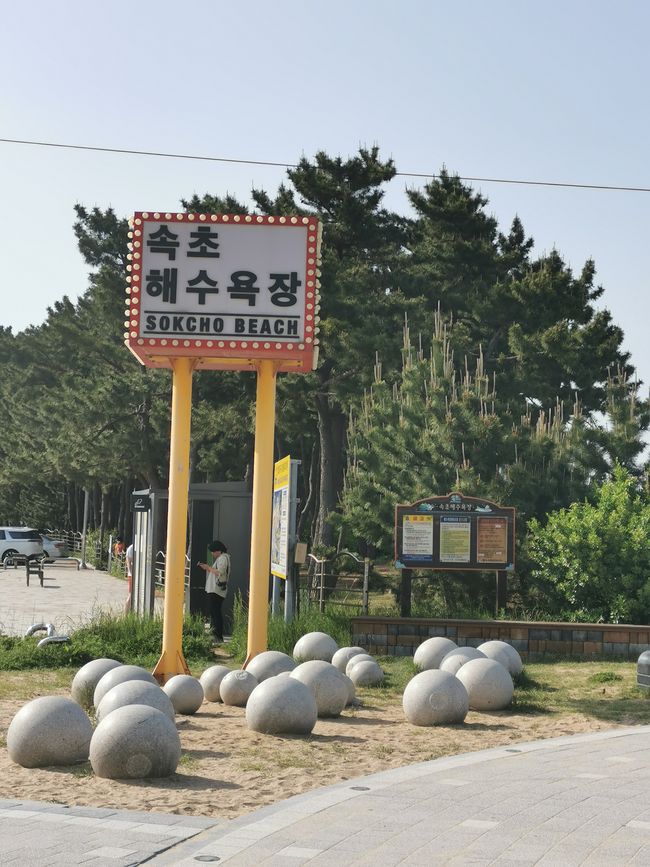
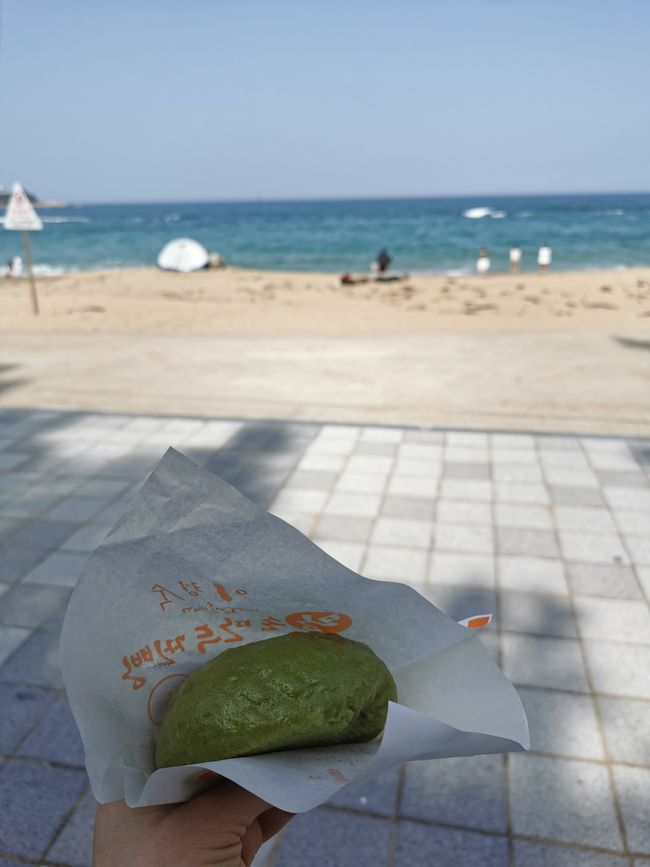
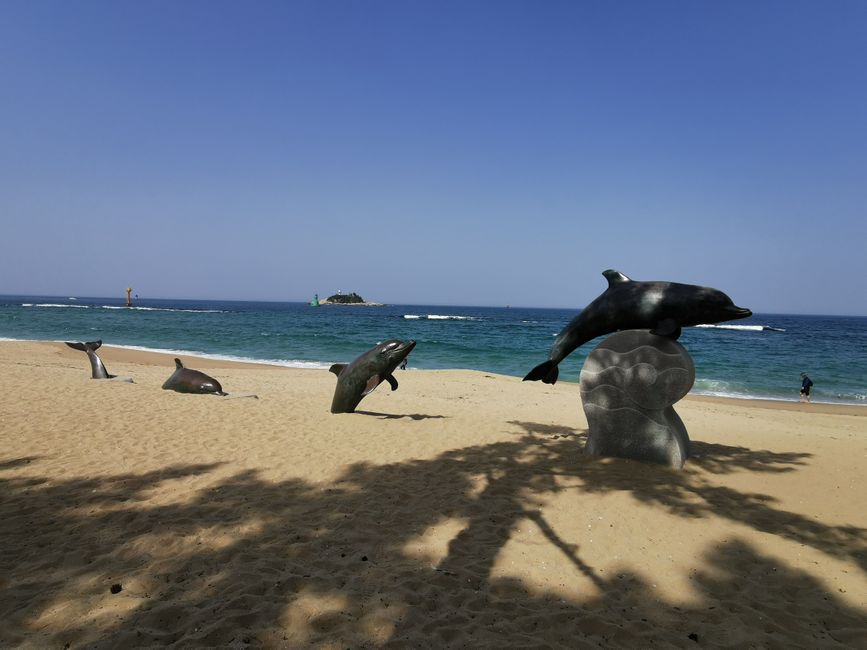

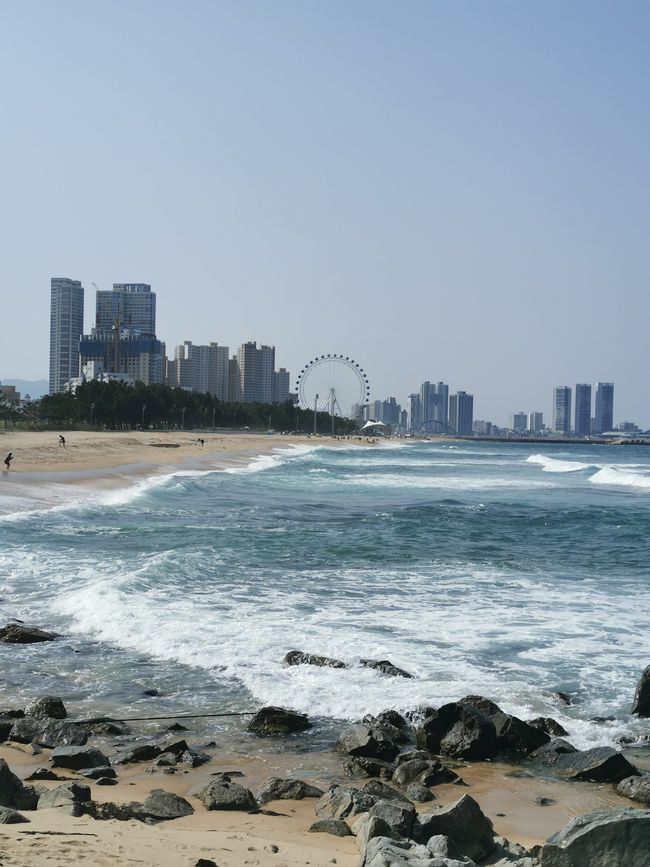
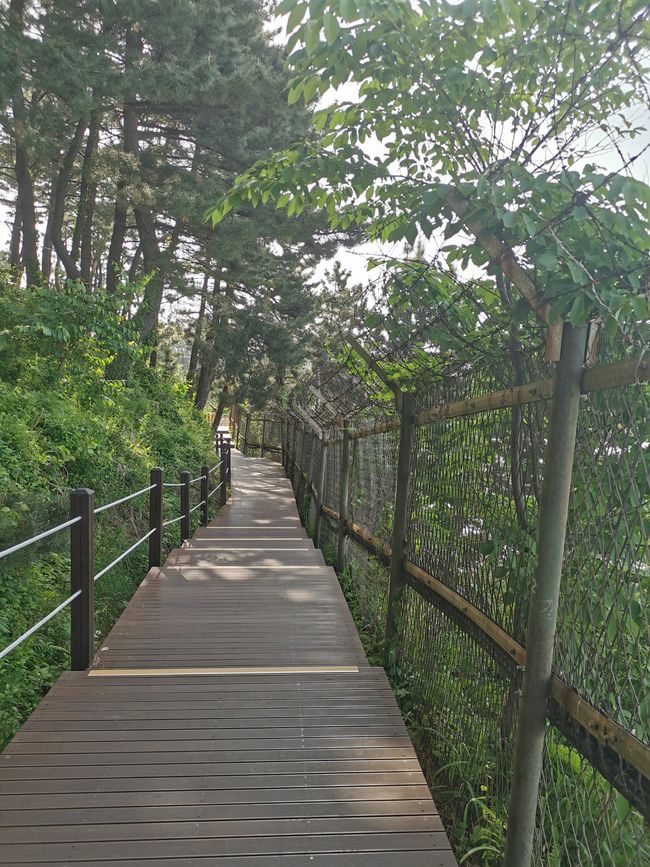
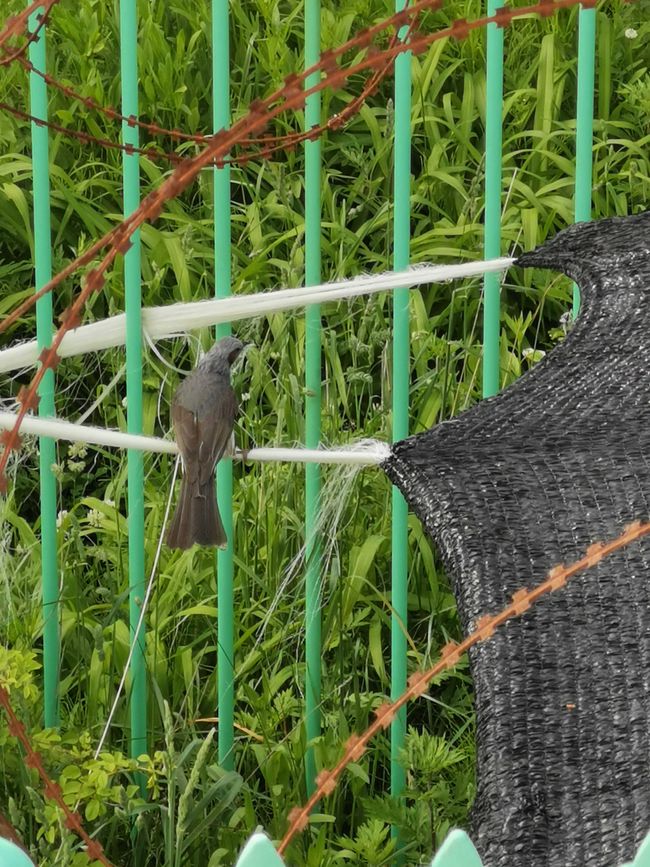
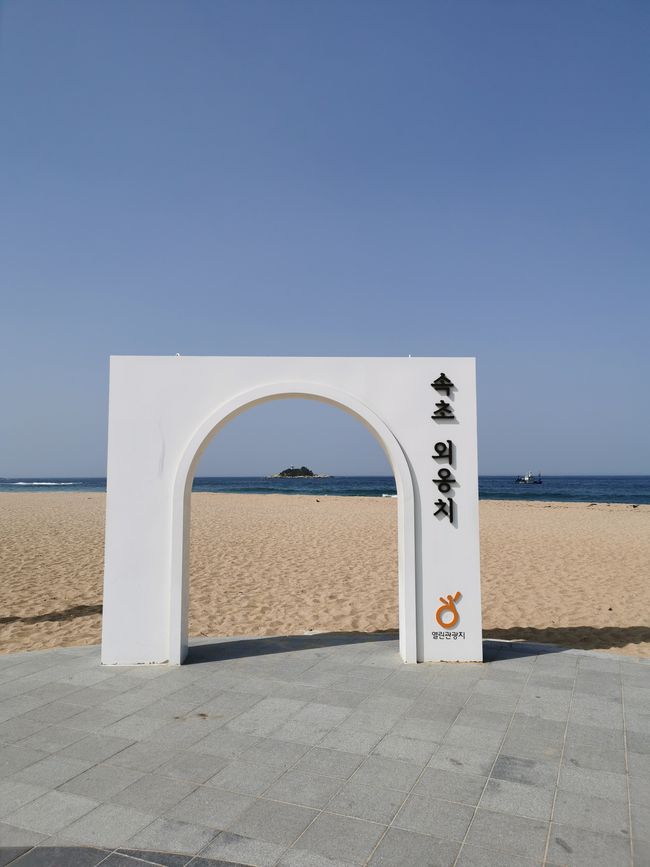
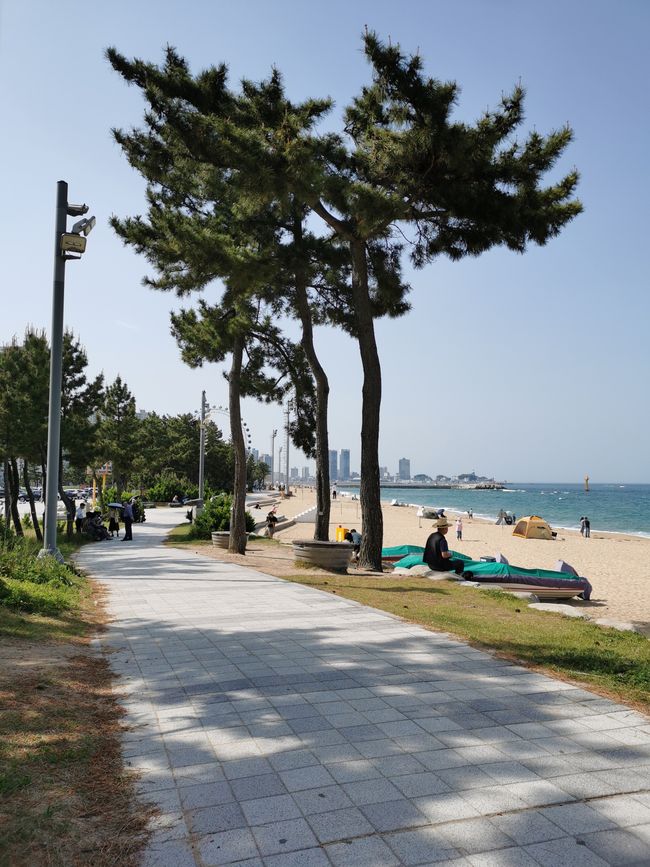

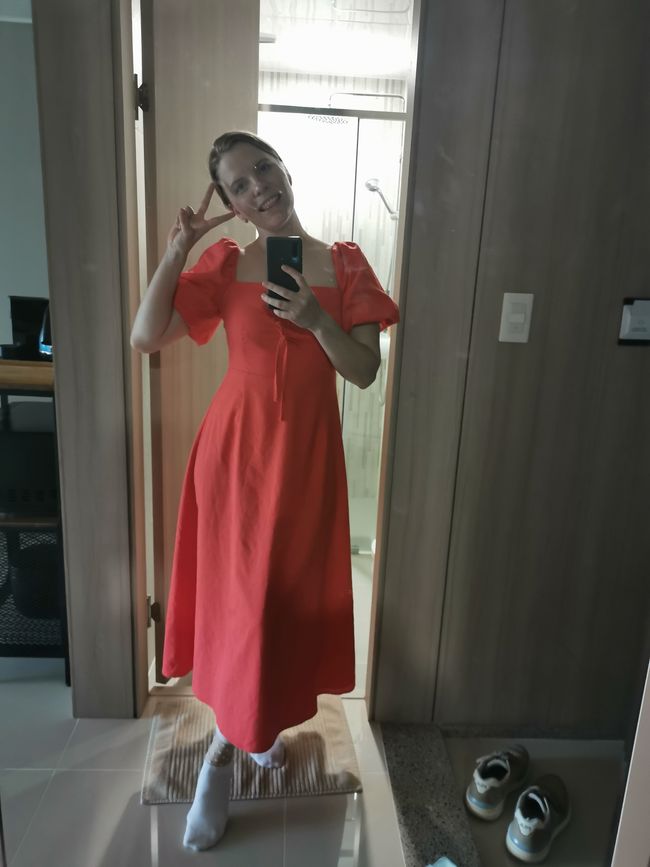
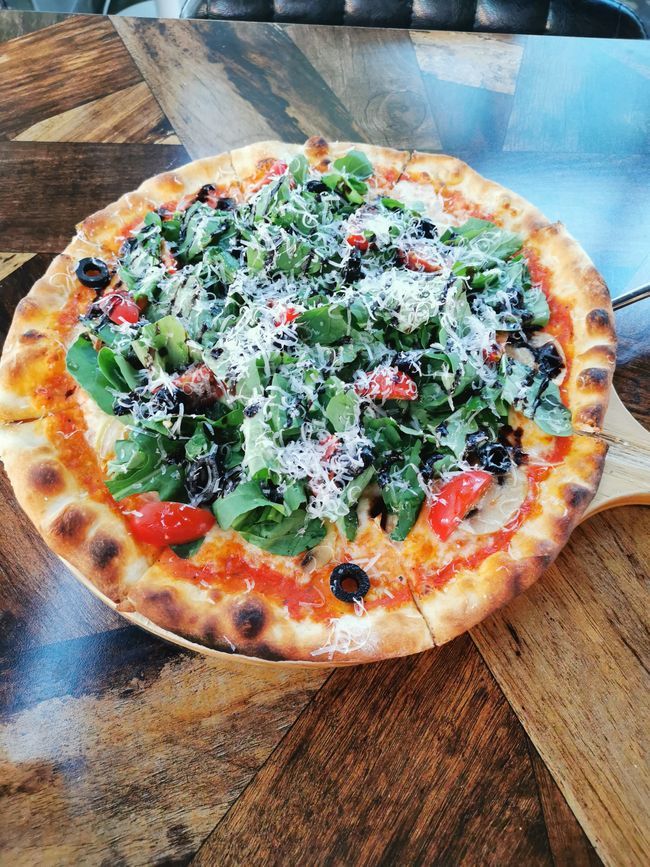
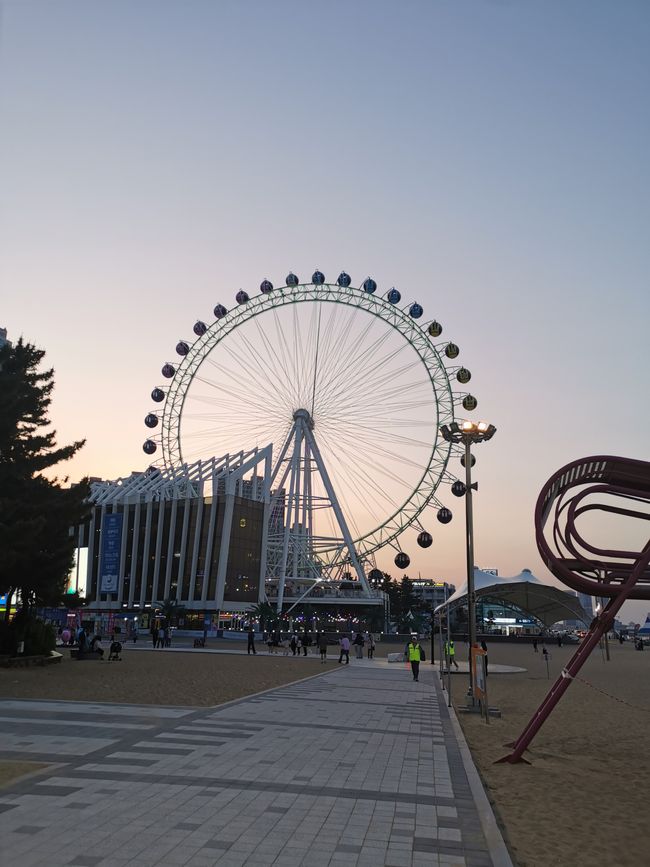
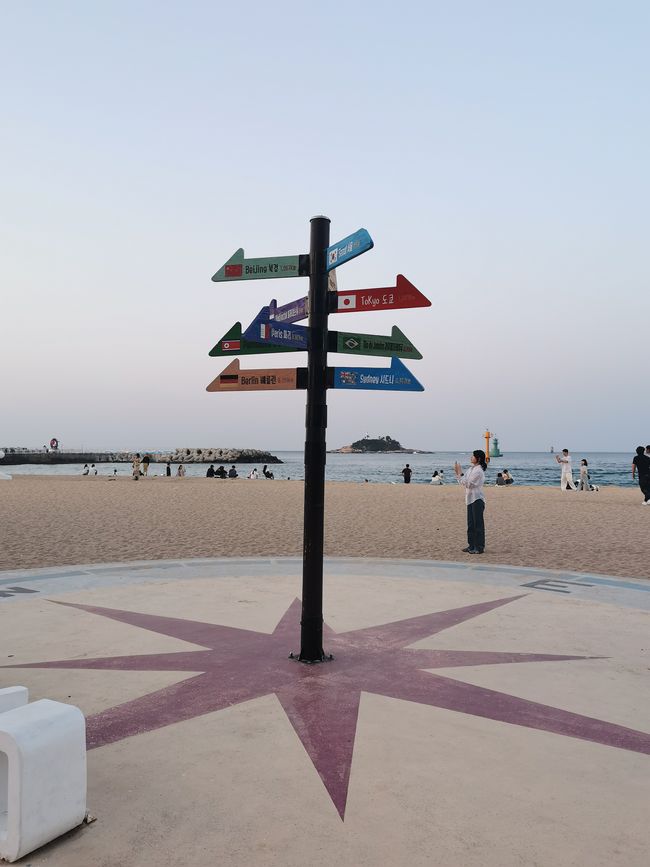

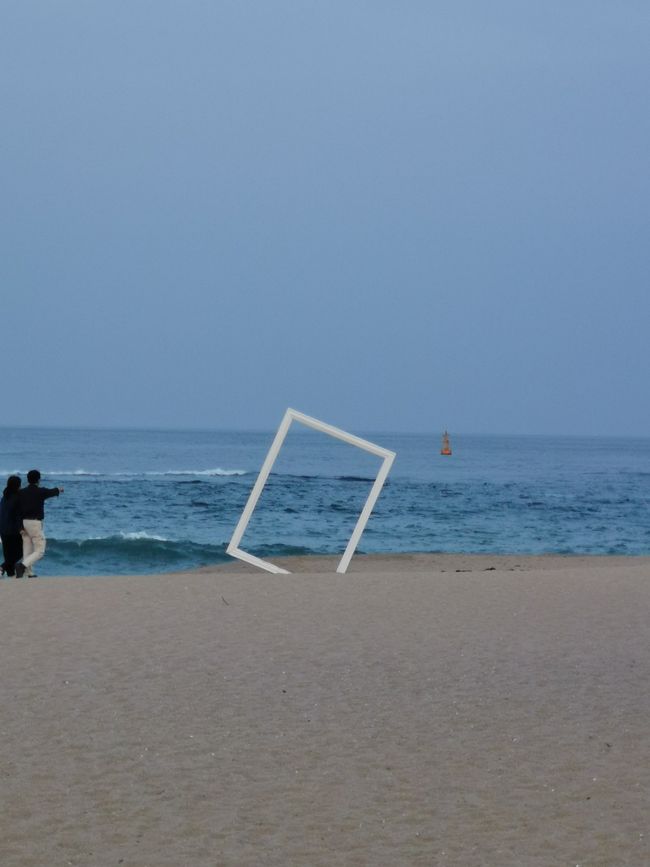
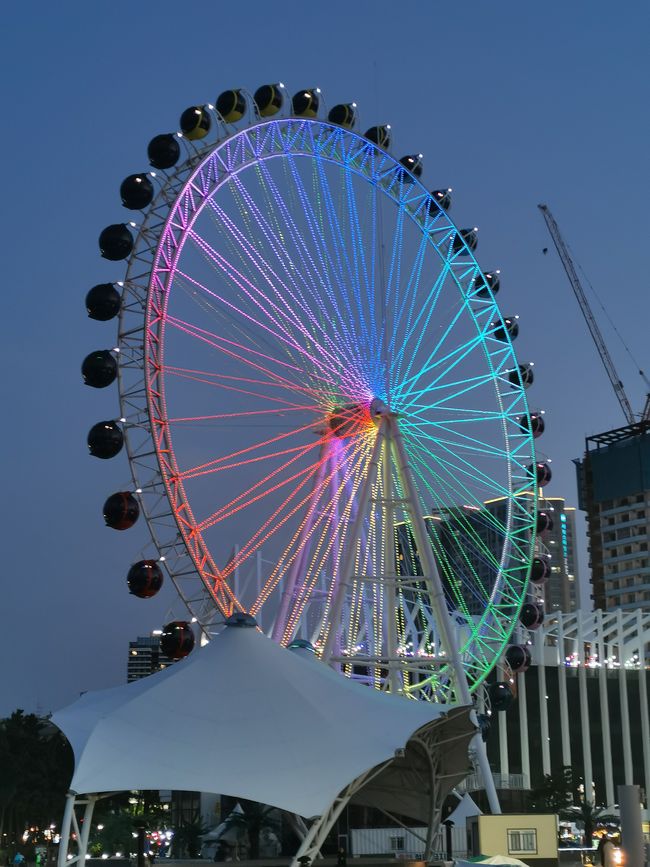
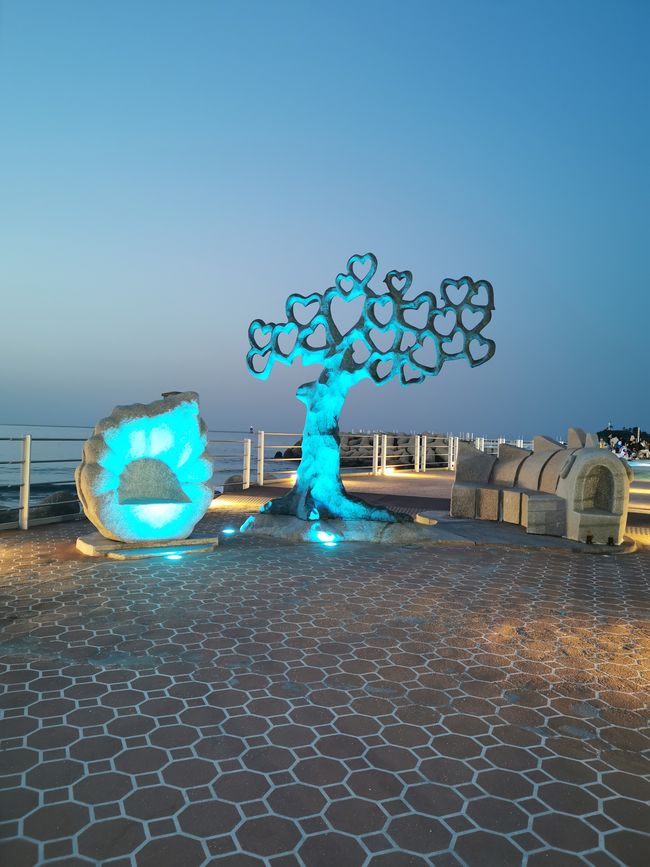
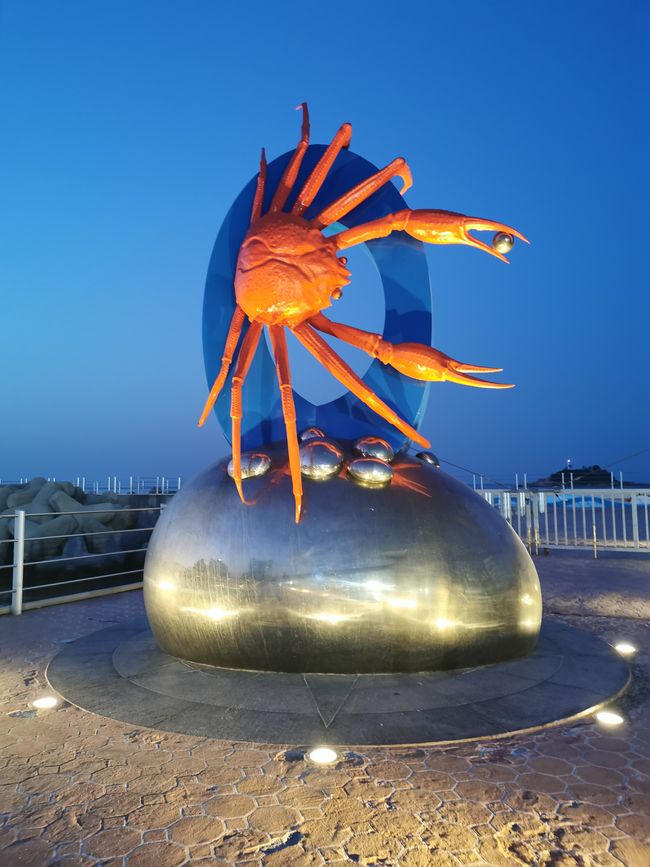
Ingwadiše go Lengwalo la Ditaba
After a quiet night (I could cry with joy!) we took the bus from Seoul to Sokcho today. It took almost an hour to get out of the city and onto the highway, but then we drove straight across the country for 2.5 hours.
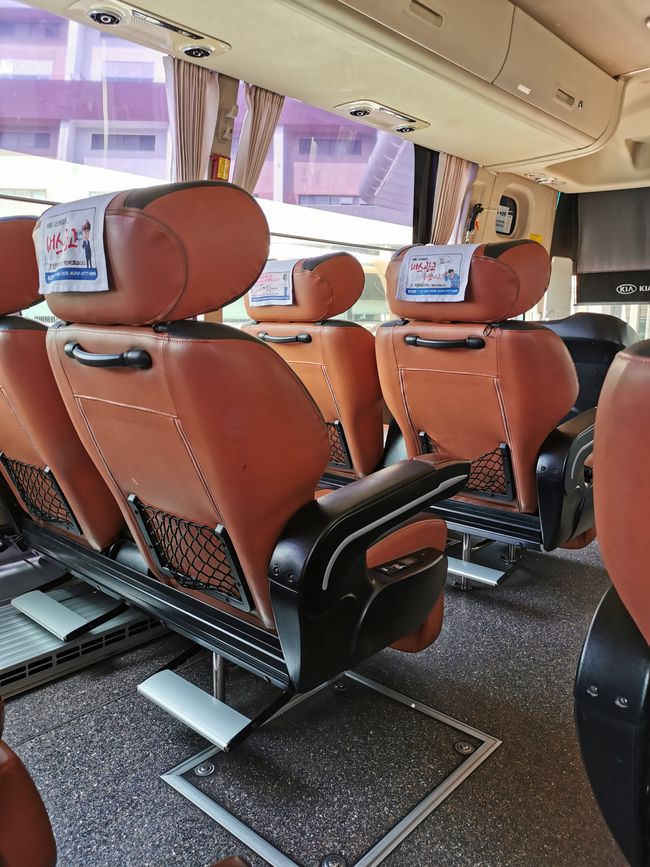
Sokcho (Sock-tscho) is a coastal city in the northeast of the country, located on the Sea of Japan. The city is located north of the 38th parallel and was therefore actually part of North Korea. So how come I can travel there? Well, to do that we have to look at some sad chapters in Korean history.
There's quite a lot of text coming your way now. Hang in there! To compensate, there are also lots of photos! 😊
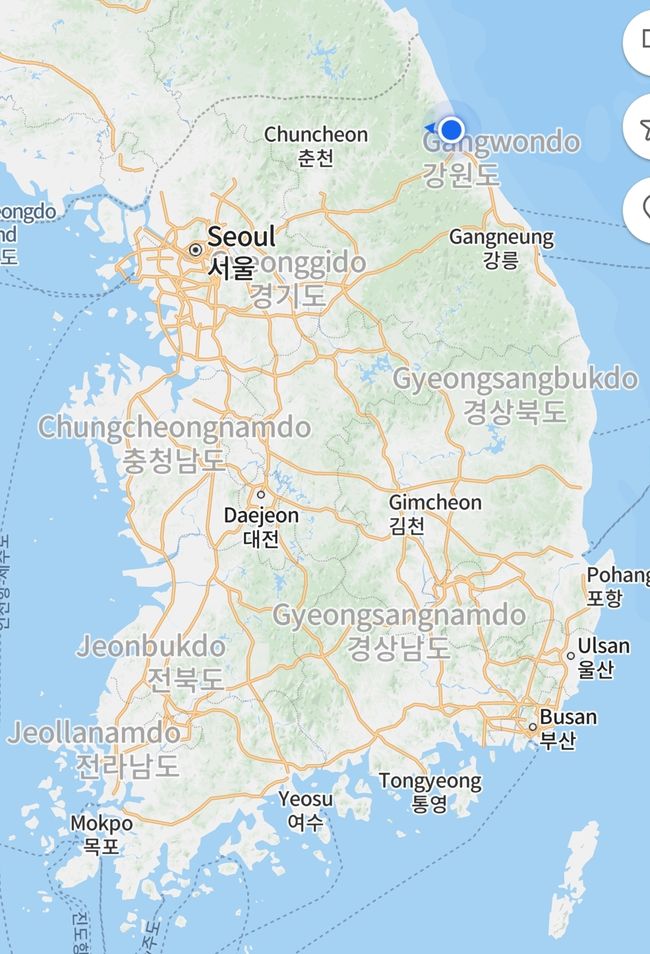
We open the history book:
In 1910, Korea was annexed by Japan. During this time, Korean culture was suppressed by all means, including banning the language, destroying historical buildings, forcibly recruiting men into the army, and transporting women to Japan as "comfort women" (a euphemism for sex slaves).
Japanese rule only ended in 1945 with the Second World War, when Japan was defeated. But Korea was immediately divided under the leadership of Russia and the USA. It was decided to divide the country along the 38th parallel. North and South Korea were created - similar to Germany, except that Germany itself was the aggressor in history.
From 1950 to 1953 there was a war between North and South Korea. The intervention of the USA and China turned it into a proxy war - alongside the wars in Vietnam and Afghanistan, this was the largest in the Cold War. Almost 4 million people died and almost the entire industry of the country was destroyed.
At the end of the war there were minimal territorial changes, such as a ceasefire that continues to this day. A demilitarized zone (DMZ) was established between the two countries, which tourists can visit as part of a guided tour. There is still no peace treaty to this day.
And another thing:
Did you know that the German economic miracle after reconstruction is directly linked to Korea?
The Korean War caused a massive increase in demand for military goods from abroad in Germany. For the first time since the war, foreign trade brought growth again. The production restrictions imposed by the Allies on iron and steel were lifted. Exports rose by 200% between 1950 and 1952. For Germany, the Korean War was the boost that got the economy going again. I find it somehow perverse.
But back to Sokcho!
You can probably imagine that Sokcho was one of the minimal territorial gains on the South Korean side. And that's how I can be here, even though it's north of the 38th parallel.

The reason why Sokcho ended up on my travel list is much more banal. I saw it in a drama (남자친구 "Boyfriend") and thought the seaside town was so beautiful... 😅
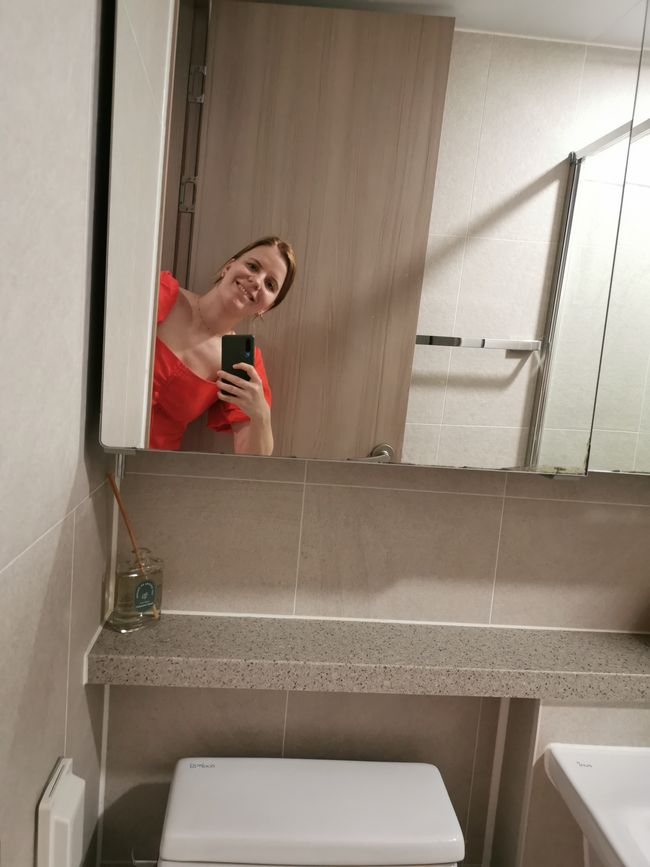
When I arrived in Sokcho, I went straight to the accommodation to drop off my things. (Thumbs up to Past-Nina for booking, only a 15-minute walk to the bus station and a little bit of a sea view from the balcony! 😊)
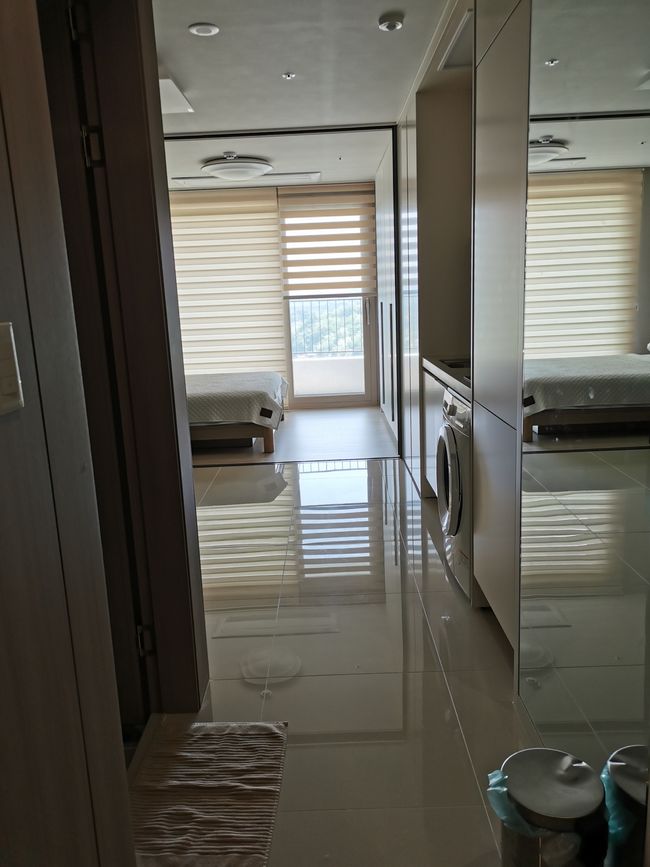
After that, I really wanted to go to the beach and see the sea! On the way, I bought some 찐빵 (jinn-bang = steamed bread) from a small shop. I then ate it in a nice spot on the beach promenade.
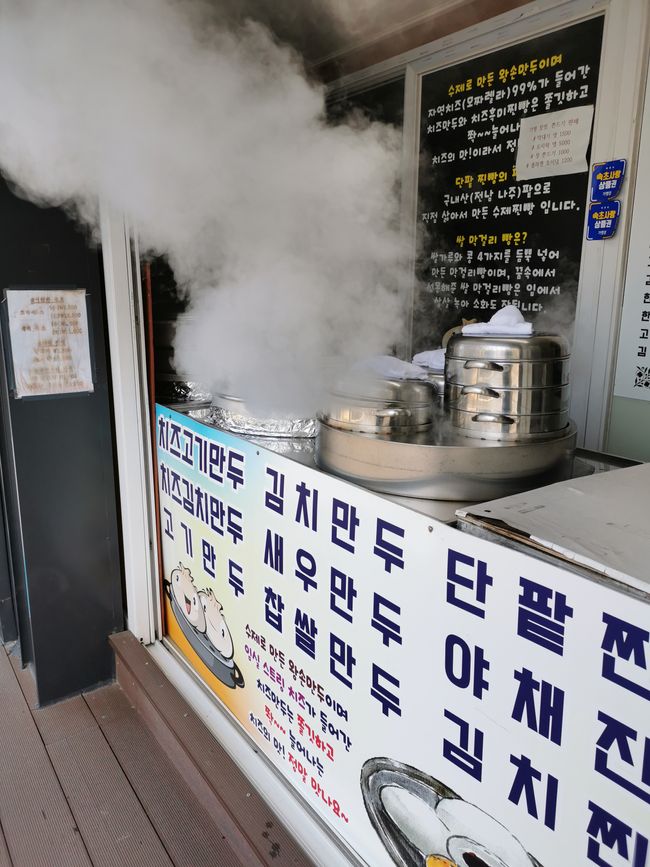
There is a short walking path along the coast called 바다향기로 (Pa-da-hjanng-gi-roh), which means sea smell path. And yes, it smells like salt water and pine and those sweet little white flowers that I never know the name of the plant. Beautiful!
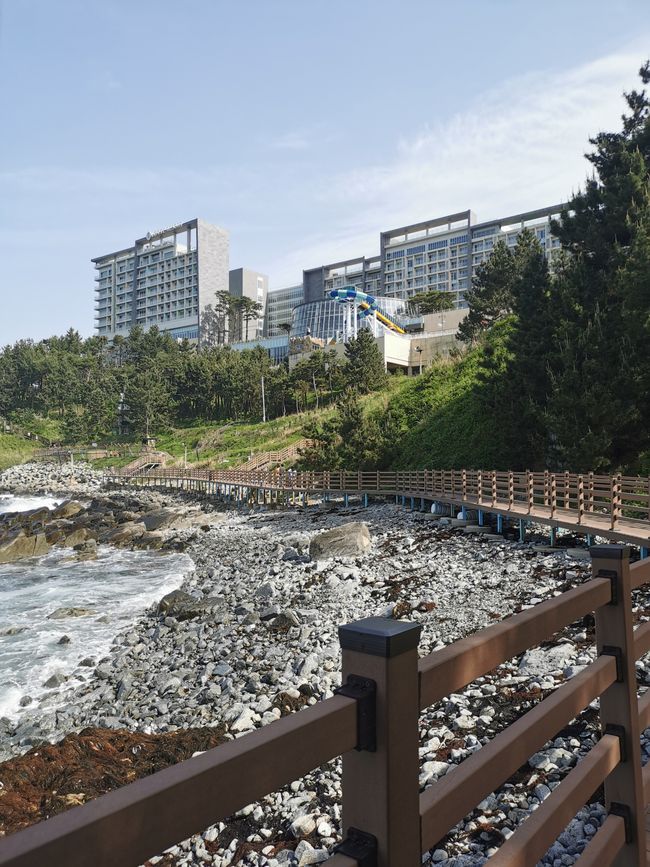
After walking the route there and back (a total of about 4 km), I need a break. I walk back to the hotel, have an ice cream on the way and lie down for a while.

After a delicious dinner, I take a digestive walk along the beach, this time in the other direction to the Sokcho Eye (Ferris wheel). There is a real spectacle here, a brass band is playing (with playback and lots of reverb and distortion, Christian would be delighted), kitschy heart-shaped lights are displayed at the Sokcho Eye, there is stuff everywhere that you can take photos with, and in between there are lots of cute little children and dogs running around.
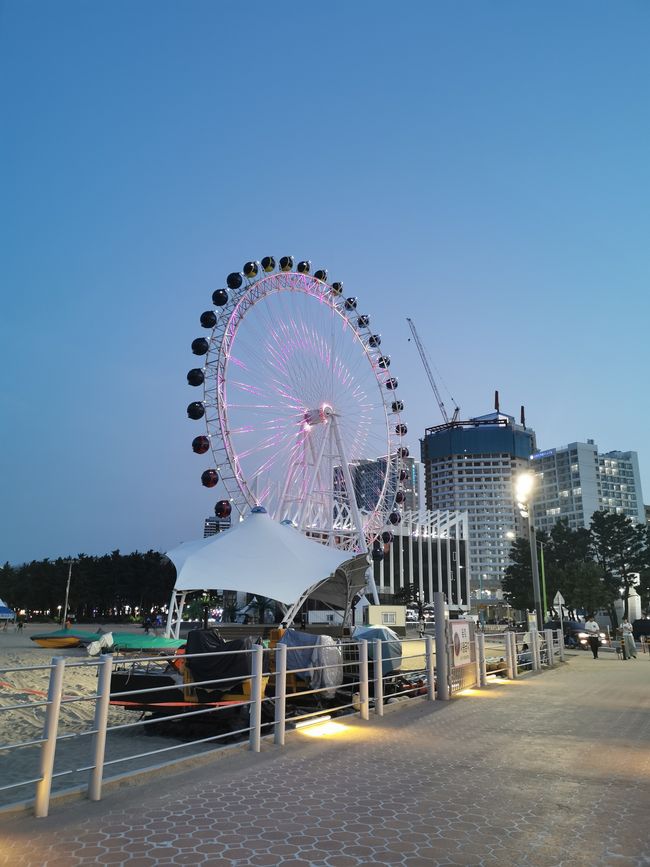
Another sweet anecdote from the way home: I quickly pop into a souvenir shop and buy myself a Sokcho bottle opener (I've been wanting one for the kitchen for a long time anyway, ok? 😅).
The saleswoman looks very intently at the cash register.
"Schipp-mann Won - 10,000 Won" says her older colleague.
And she said to him, "Yes, I know, but how do I say that in English?"
And while I nod and say "Kenn-schana-jo - It's OK," he also says "She seems to understand Korean, everything's fine."
And then she looked very relieved that she didn't have to interact with me in English. I thought that was kind of sweet. Sometimes I forget that it's not just difficult or daunting for me as a foreigner to leave my comfort zone. It can be a challenge for locals too. It's all the nicer when it somehow works out. 😊
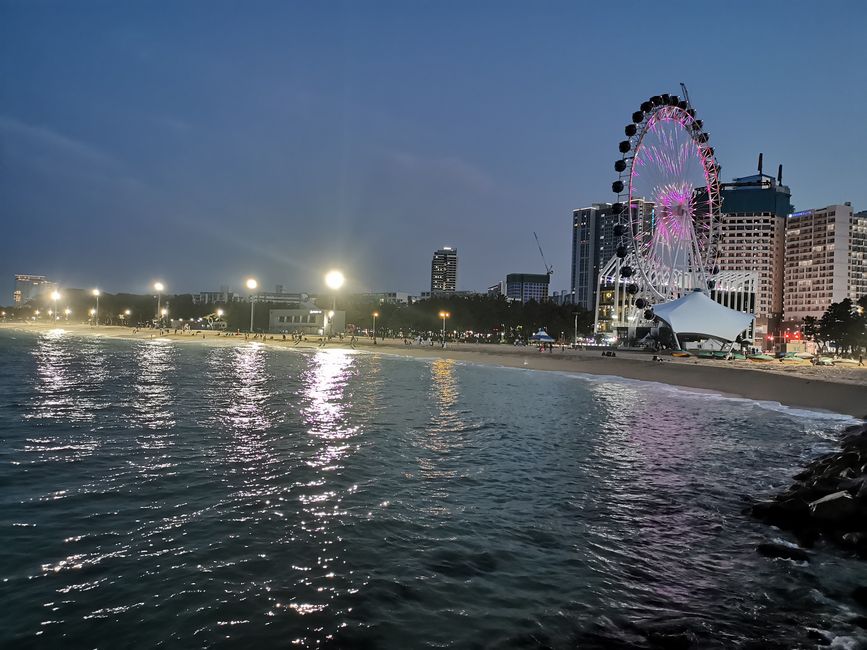
Ingwadiše go Lengwalo la Ditaba
Karabo
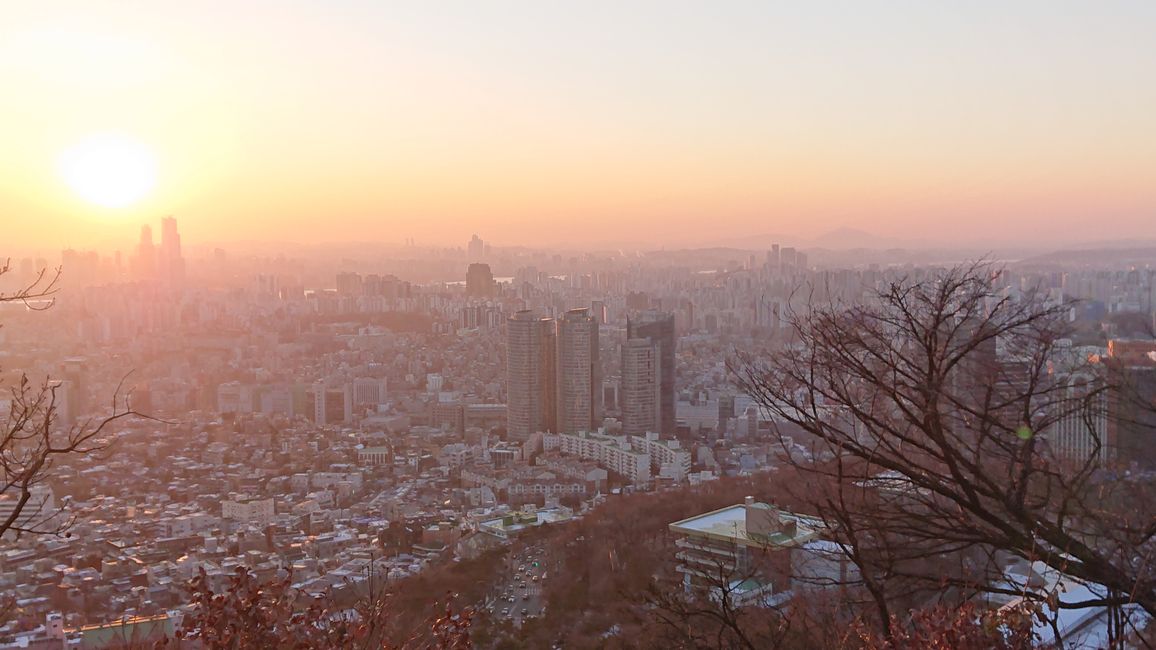
Dipego tša maeto Korea Borwa

